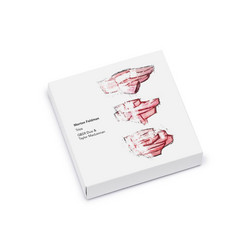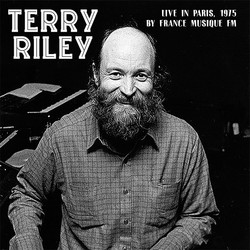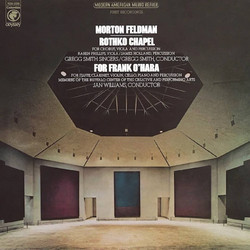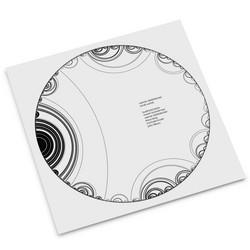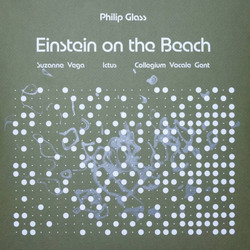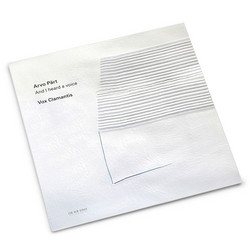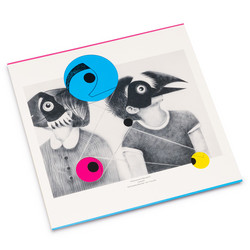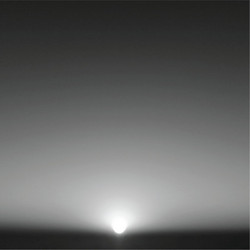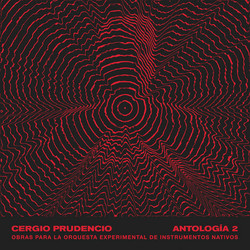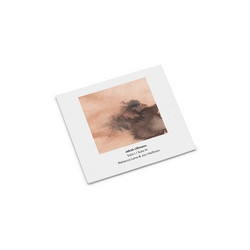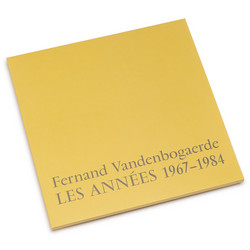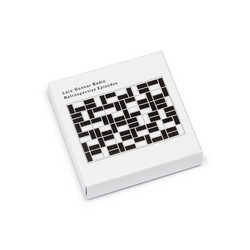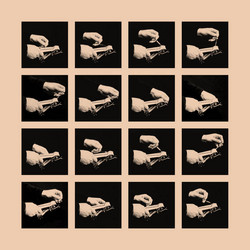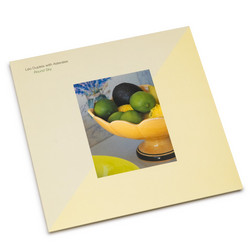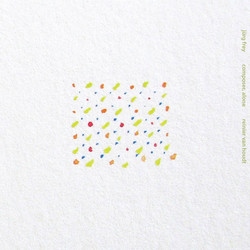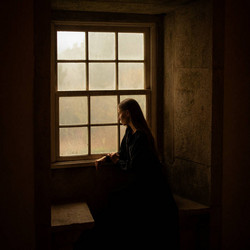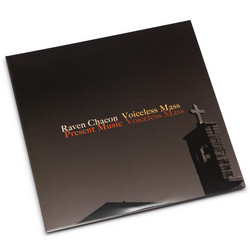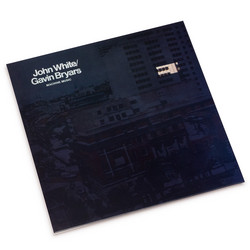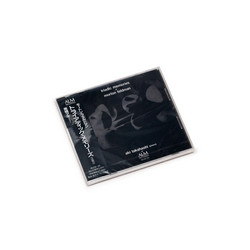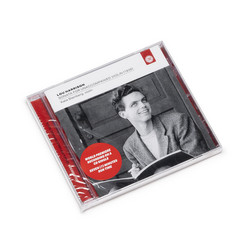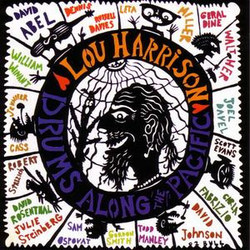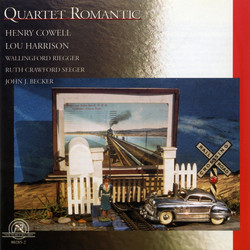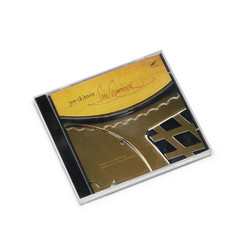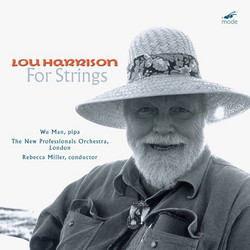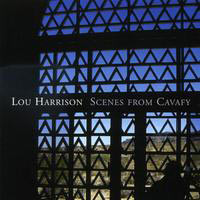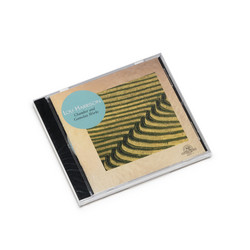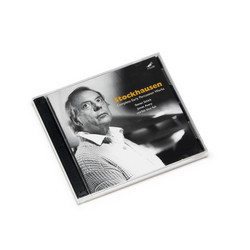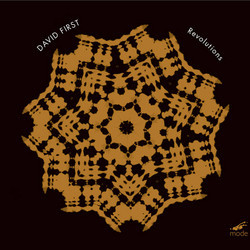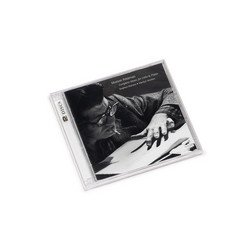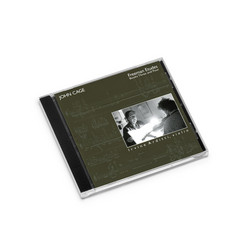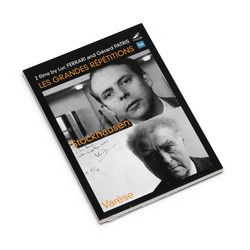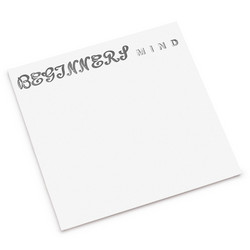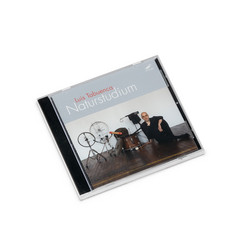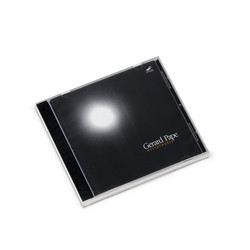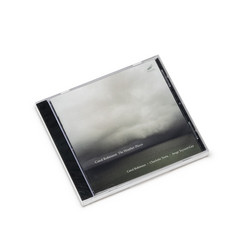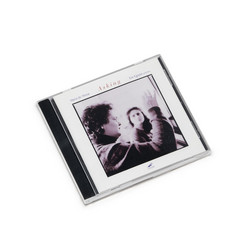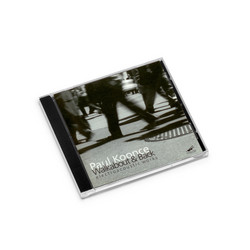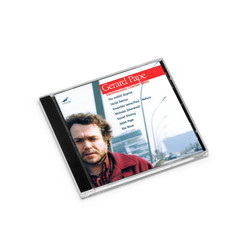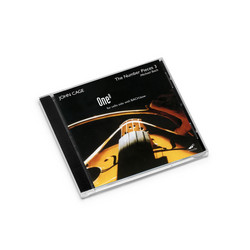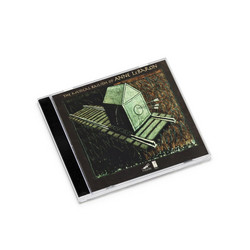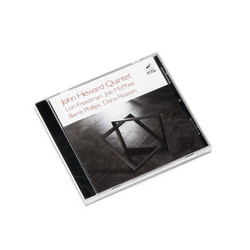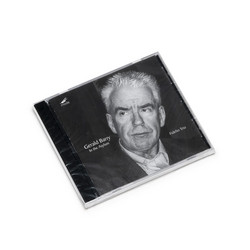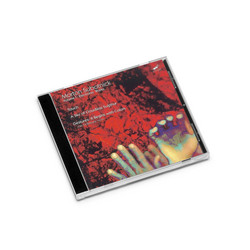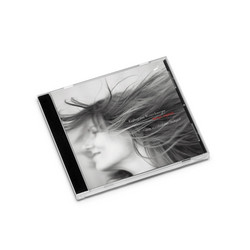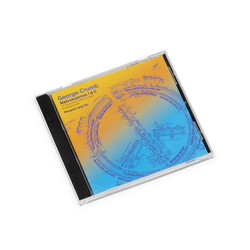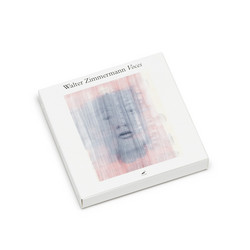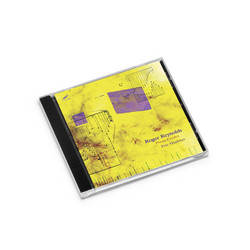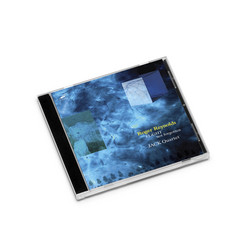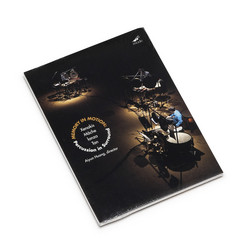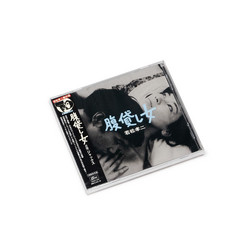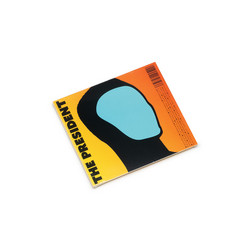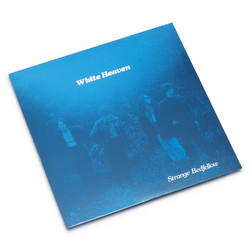We were saddened to learn of the passing of Lou Harrison as this disc just entered production. It is perhaps fitting that it provides an overview of Harrison's work, from 2 movements of a mass composed in 1939 to 3 vocal arias composed in 2000.
Mass to St. Anthony was begun when Hitler invaded Poland; a mass for voices and percussion expressing both outrage and hope. Harrison completed the Gregorian-like chant for the entire 5 movements of the work, but only finished the percussion accompaniment for the first 2. The Kyrie is sung to the sounds of the marching Nazi army: vibraphone, snare, field, bass, and brake drums. In contrast, the Gloria is accompanied by bell sounds - as many as Harrison could find - symbolizing the ringing of church bells around the world. After he left San Francisco in 1942, Harrison put the Mass aside for 10 years, and then revised its scoring. In 2001 he restored the original percussion accompaniment for the first 2 movements, adding a piccolo to the Kyrie. This recording thus represents the premiere of the work in its original form.
For choreographer Bonnie Bird's revival of Jean Cocteau's surrealist Marriage at the Eiffel Tower, Harrison wrote a score reminiscent of Paris in the 1920s and the style of Les Six. The original version, for septet, is presented here for the first time. Each musical number is introduced by a portion of the narration.
During the same summer, Harrison and Bird presented William Butler Yeats's dance-play, The Only Jealousy of Emer. This music reflects Harrison's style of the early 1950s: expansive melodies often accompanied by ostinato patterns or drone figures.
In 1951 Harrison began a work for voice and chamber ensemble, Vestiunt silve, a setting of an 11th-century text about birds. He got no further than the first stanza before abandoning the project. In 1994, for a performance at the Dartington International Summer Festival in England, Harrison revisited the sketch and completed this work for instrumental ensemble of flute, harp, and 2 violas.
For the Easter Cantata, Harrison uses what he calls a "selected orchestra": strings with trumpets, trombones, harp, and percussion. Instrumentally, there is a greater emphasis on counterpoint than on harmony. The chorus is in a contrasting chorale style; lush chordal harmonies create a neo-baroque effect.
The original version of Harrison's second opera, Young Caesar called for 5 singers and 5 instrumentalists who played an eclectic array of Western and Asian instruments, including a set of keyed metallophones. The objective was to contrast East and West in terms of instruments and tuning systems, and to celebrate the bridging of a cultural and political gap through love and human desire. In 2000 he added 7 arias and duets, 3 of which are recorded for the first time on this disc.
A Short Set from Lazarus Laughed and Music for Remy were both written in 1998. The first work was extracted from music composed for a radio broadcast of Eugene O'Neill's play; the second was written for friend Remy Charlip, an author, dancer, and painter. Both feature percussion. Music for Remy recalls Harrison's early works for percussion and solo instrument from the 1930s and 1940s, but expressed in the sophisticated melodic language of his mature style. The work was originally written for oboe, but Harrison gladly authorized this version for flute.
Liner notes are by Harrison scholar Leta Miller.
